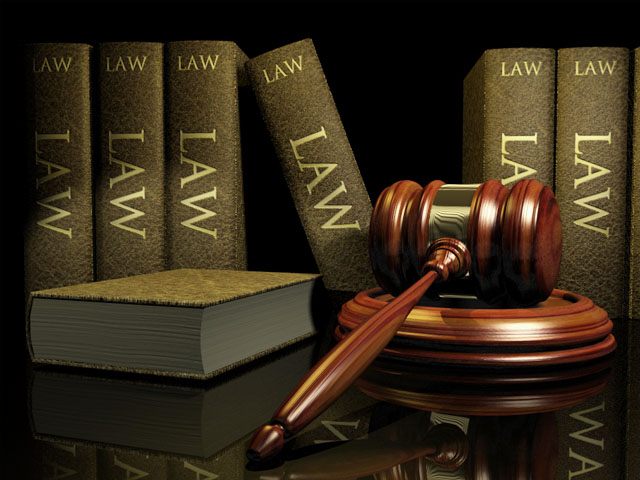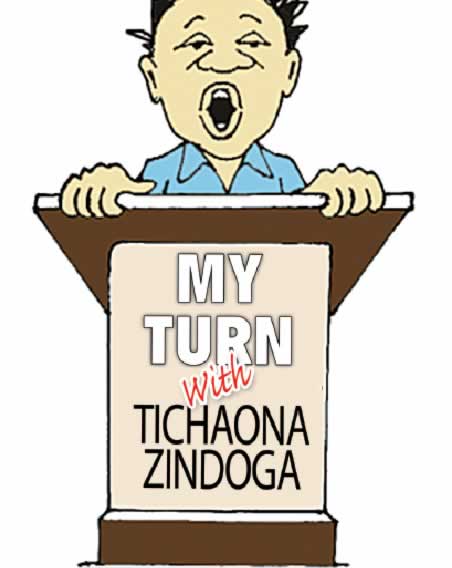Hassan Rouhani: Structural choices, Geopolitics

Sharon Hofisi Legal Letters
In his 2008 campaign, former US President Barrack Obama’s policy of engagement with adversarial states such as Iran and North Korea was to shift from the “rogue” state to “outlier” state — the latter a description of a state violating established international norms. For Iran, a structured choice arrangement was then provided — come into compliance with Iran’s obligations in the Nuclear Non-Proliferation Treaty or face punitive measures and deeper isolation. The need for compliance was a win-win political narrative for Iran and the World.
For Iran, measured nuclear diplomacy, allowed Tehran under Rouhani to sign the Joint Comprehensive Plan of Action-nuclear Deal in 2015 — a win-win result which benefited Iran, the US, P5+1 and the World.
For the world, Iran had a “break out” time of a year in the event that it decided to pull out of the deal and pursue a nuclear policy. A codification of Iran’s sovereign right to enrich the sole uranium site at Natanz allowed the world to cut off Iran’s plutonium route to a nuclear bomb.
This was during President Rouhani’s first term.
His election for the second term started with the Parliamentary and Assembly of Experts votes in February 2016. Moderates and reformists dominated the headlines in the Parliamentary elections.
Ghasseminejad (2016) notes that pragmatists had 28 percent seats, hardliners (27 percent), independents (20 percent) and 23 percent who had gone for an election run-off.
Farhi (2015) notes that the “Assembly of Experts for the Leadership (Majles-e Khobragan Rahbari) is Iran’s only constitutional body with the authority to appoint and dismiss the supreme leader.”
Of the 41 million plus votes cast, Hassan Rouhani, a reformist, won 23 549 616 votes or 57 percent, compared to conservative judge, Ebrahim Raisi, who won 15 786 449, or 38 percent of the votes.
Rouhani won because he gave Iran a face of negotiation with the world.
From an international relations perspective, Rouhani’s domestic and foreign policy approaches proceed from such important theoretical arguments such as international regime theory and realism.
From his campaigns and his presidential speeches, national interests and constructive interaction are going to shape Iran’s future.
Domestically, his reformist campaign path focused on the need to revive the economy without resorting to a rigid Islamic ideology and harsh social restrictions.
The route to achieve this was Rouhani’s emphasis on social, cultural and economic liberalisation. As President, the ultimate target of his administration is to eliminate absolute poverty by the end of his term-the 12th Administration.
The foreign policy ideal — Iran to choose “the path of interaction with the world, away from violence and extremism”-is a buy-in statement built on the need to “promote relations based on mutual respect and national interests”.
Through an analysis of the geographic influences on power relationships in international relations, Rouhani’s campaign realised that Iran is “not ready to accept humiliation and threat”. As such, Iran’s President wanted to be “heard by all, particularly world powers”.
Interestingly, as President Rouhani addresses the concerns of the world powers — especially the need to mend relations between Iran and the P5+1.
The relations with the P5-United States of America (USA), Britain, China, Russia and France cannot be exhausted in this think piece. The US’ concerns have been quite on record. This think piece discusses some of those concerns.
At present, for Iran’s practical changes and, I think, changes it ought to make in its engagement with the world-is shaped by geopolitics, but introduces a modicum of collective international peace and security.
As such, powerful nations such as the US must also understand Iran and the Middle East.
Because of the threats and the scourge of terrorism under extreme groups such as ISIS, Rouhani assures the world that Iran is “the face of fighting terrorism, and establishing peace and security in the region”. It will “continue this path with more power in the 12th Administration”.
Rouhani thinks the US does not know the Middle East as a region and is making the mistake of getting facts about the region from selective countries.
He doubtlessly knows the plague of his heart and perhaps the soul-searching questions of his nation. Iran was a topical subject for the US Presidential campaigns.
Hillary Clinton moved for a comprehensive geopolitical strategy that confronts all of Iran’s negative actions in the Middle East region. Such as strategy sought to protect the interests of Israel and other Arab partners of the US (Vakil, 2016).
Donald Trump, who later won the US elections, and is now the US President, moved for the prioritisation of the dismantling of the deal with Iran which he saw as disastrous (ibid).
For Trump, Iran had terror links with at least 25 different countries on five continents. Added to these links are terror cells in the Western Hemisphere.
In his visits to Israel and Saudi Arabia, President Trump registered his concerns that Iran funds terrorists, militia and other extreme groups in Iraq, Yemen, Lebanon, and is backing President Bashir Al-Assad in Syria’s civil war.
To the Middle East countries, what can be gleaned from Rouhani’s rhetorical questions is that a region without Iran is neither stable nor secure.
This is notwithstanding the fact the US’ concerns on Iran’s testing of ballistic and cruise missiles; its alleged links with Hezbollah and Hamas; and its challenges on the sovereignty of Israel and Saudi Arabia.
In all this, Rouhani’s reformism can fix the US’ attention on Iran’s commitment to peace and security-including the release of opposition figures, more freedom of thought and fewer restrictions on daily life (Edbrink, 2017).
With the Nuclear Deal perhaps proving too costly for an early Washington pull out, the structured choice approach, pursued through “perceived leniency” can allow Rouhani to continue opening up to the world.
Demonstrably — his presidential speech showed that he is Iran’s face to the world. He has adopted a wait and see attitude that gives the Trump administration the opportunity to engage with Tehran.
He sees the world as “winning” from the Nuclear Deal. Which nation ever perished for believing that the World must really achieve peace and security?
Sharon Hofisi is a lecturer at the University of Zimbabwe and writes in his own personal capacity. Feedback: [email protected]









Comments